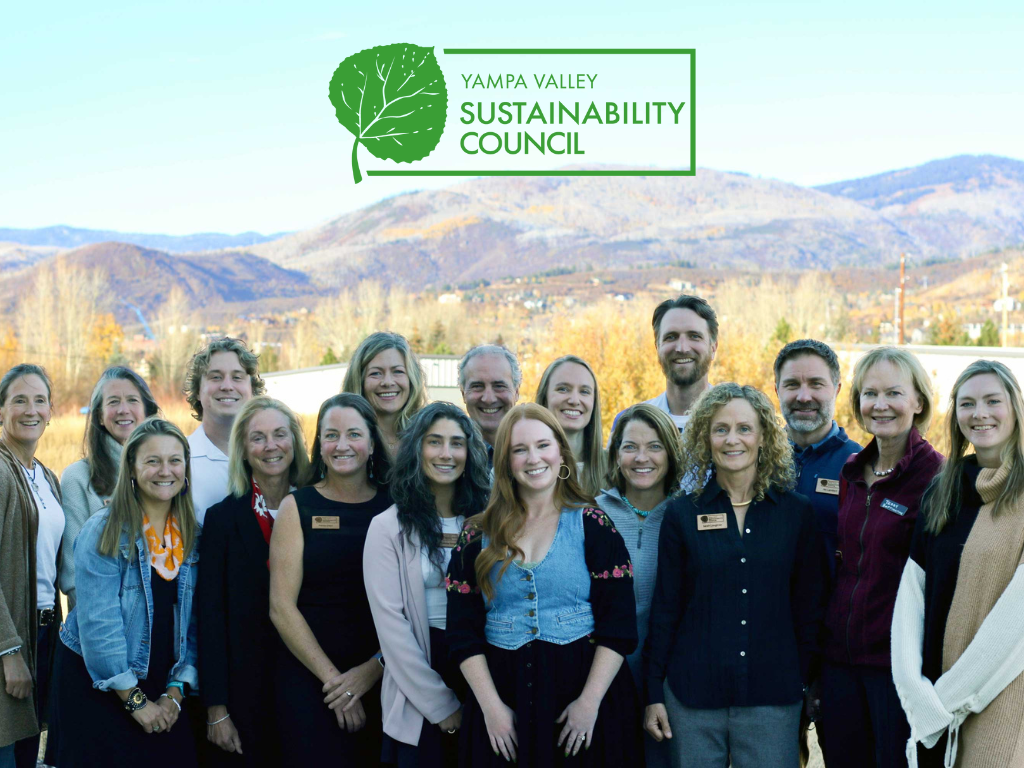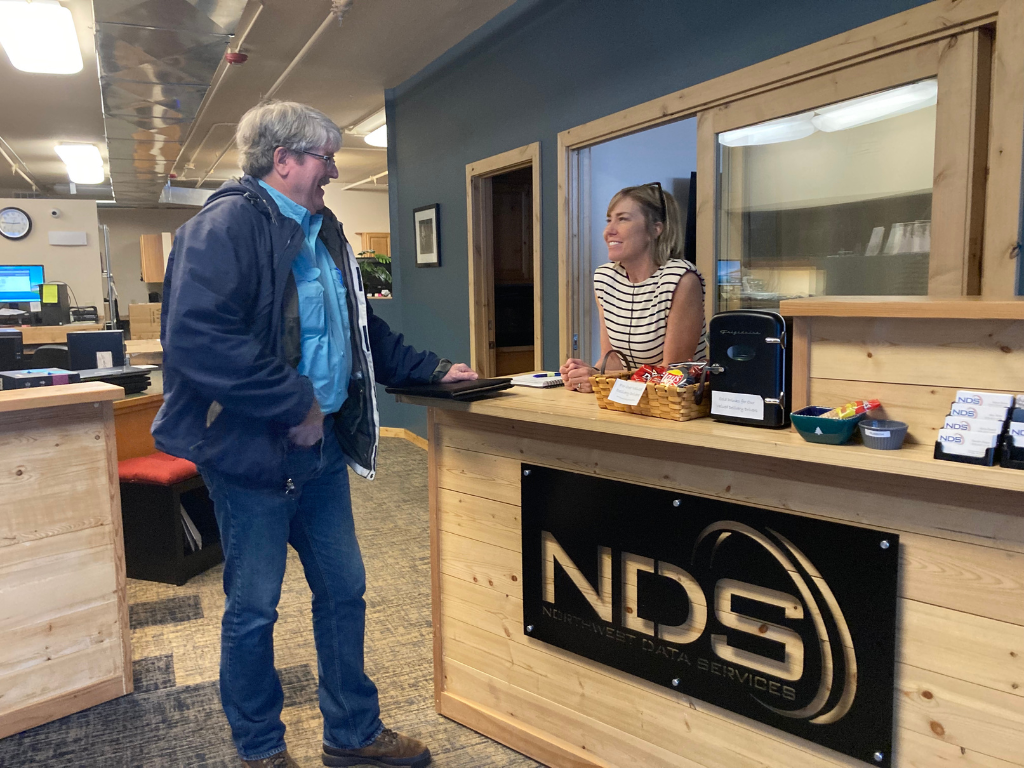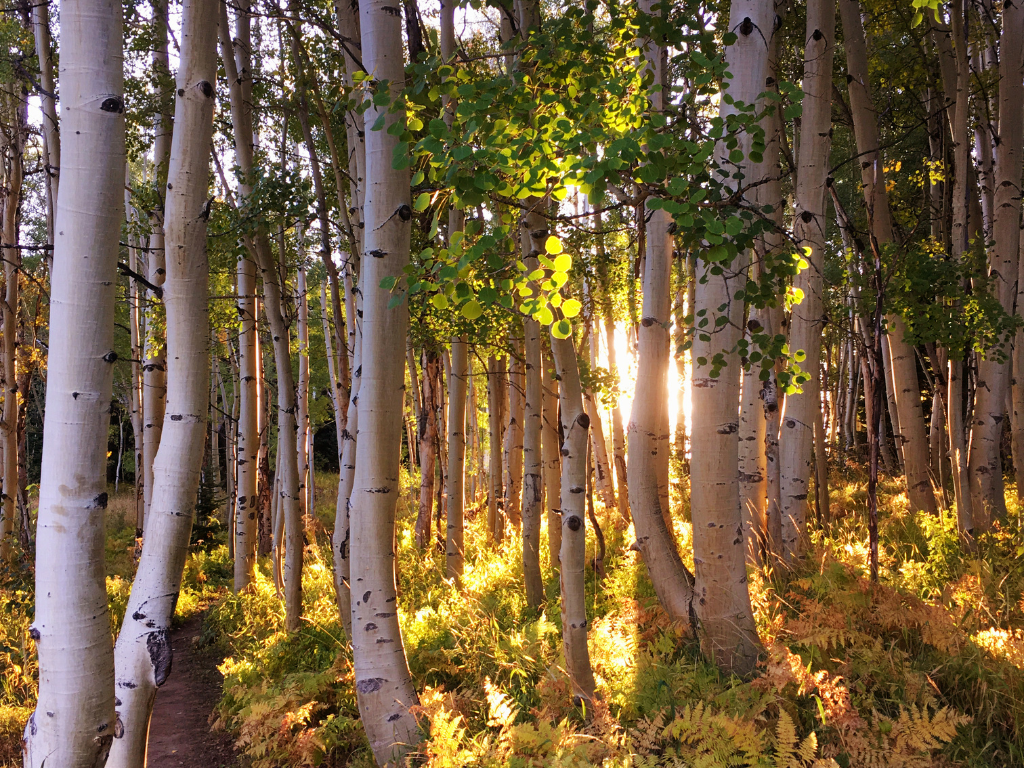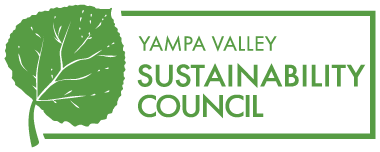FEBRUARY 12, 2018 BY
Article written by Diane Miller for Steamboat Today
The American Public Health Associationrecently declared that climate change represents “the nation’s greatest public health challenge.” But, how exactly does a changing climate affect health?
According to the World Health Organization, health threats from climate change include increased heat-related illness, injury and illness from intensifying weather-related disasters and fires and extended range of vector-borne diseases such as Zika and West Nile virus.
As the climate and the oceans warm, the frequency and destructiveness of storms is taking a mounting toll on human life. More than 2,000 people lost their lives as a result of Katrina, Harvey and Irma. The immediate tragedy of these deaths sometimes overshadows the ensuing health threats from these storms, which can persist and affect many more lives.
As a result of rising floodwaters, people are sickened by exposure to chemical spills, mold and raw sewage. After hurricane Katrina, five people died and 22 lost limbs as a result of vibrio, a water-borne disease found in sewage-contaminated waters.
In a terrifying glimpse of what the future may hold, we also saw the devastating effects of record-breaking wildfires in California last year where 45 lives were lost and more than 10,000 structures were destroyed. Hospitals and emergency systems were stretched thin as many health facilities were evacuated, and thousands needed treatment for burns, smoke inhalation and heat exposure.
Climate change and its impacts on disasters like wildfires and storms can also produce a different kind of human toll. Loss and grief, dislocation, post-traumatic stress and disrupted social ties are just some of the mental health issues people face in times of disaster.
Here in Colorado, the health effects of climate change are worsening. Our temperatures are on average 2 degrees warmer than they were 30 years ago. According to the Colorado Health Institute, we are facing increasing ground level air pollution from ozone, drought and longer, more intense wildfire seasons. With these changes come health concerns such as exacerbated respiratory and heart disease, heat stroke and the direct dangers of wildfire.
These risks to public health may seem overwhelming, but we are far from defenseless. Work is underway to find new ways to adapt to the challenges of climate change and protect communities from related disease and injury. The Centers for Disease Control’s Climate and Health Program, as well as some state and local public health departments across the country, are leading the way for climate adaptation.
Though the public health threats of climate change may not seem imminent in Northwest Colorado, these changes impact us, our families, our region’s many visitors and the world’s most vulnerable populations. As global citizens, we have a responsibility to curb our carbon emissions and also create greater local resilience for the climate changes that are inevitable.
To learn how you can start reducing your own impact on the climate and protect the health of future generations, visit yvsc.org/climateaction. There you can find practical steps and sign YVSC’s online pledge to cut your carbon footprint.
Diane R. Miller is a retired nurse and public health administrator and YVSC volunteer. She lives in Steamboat Springs.






